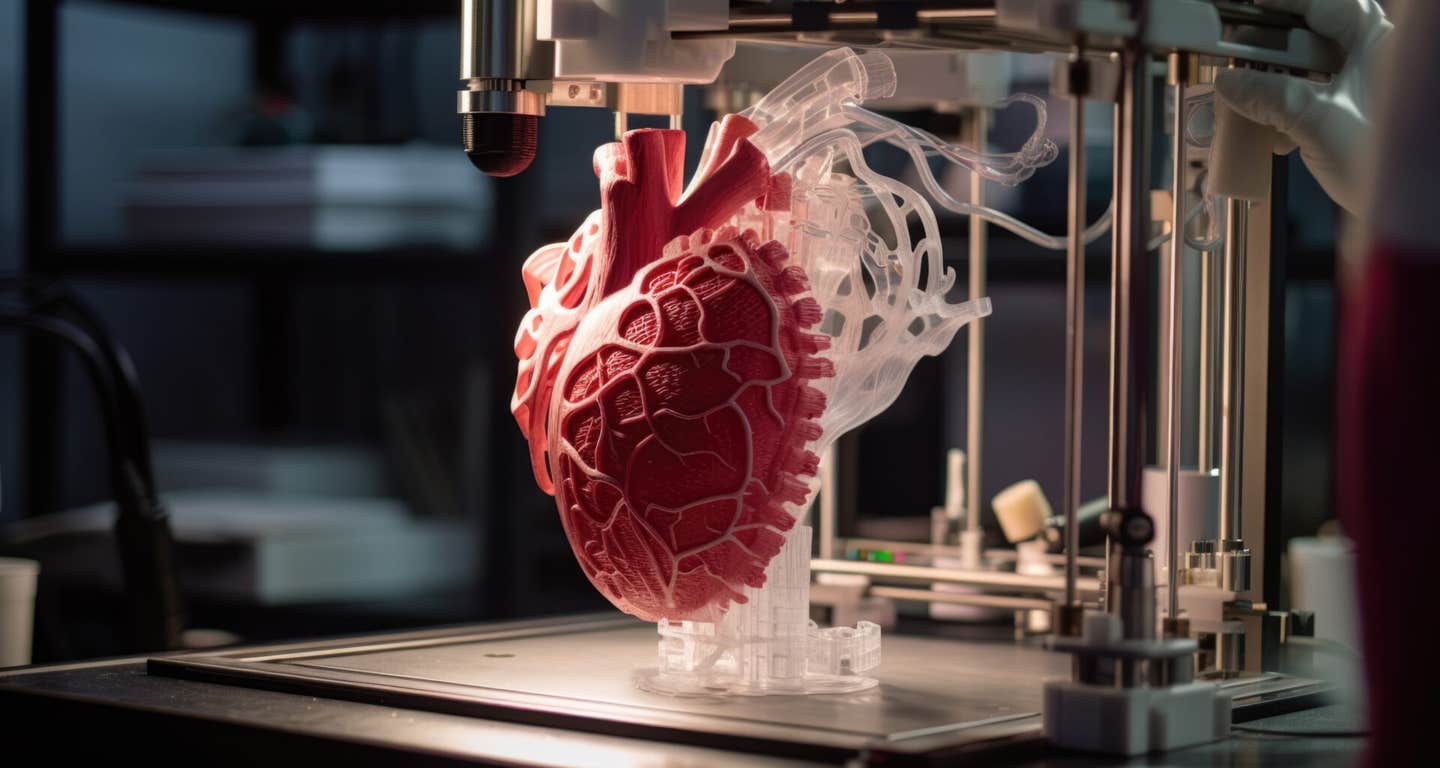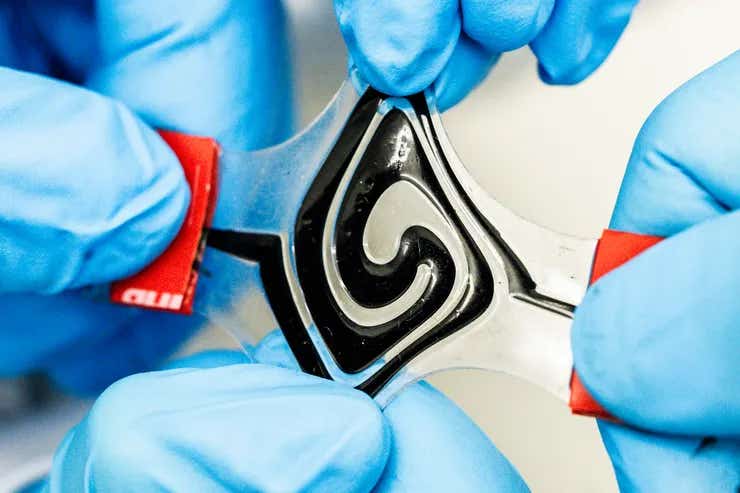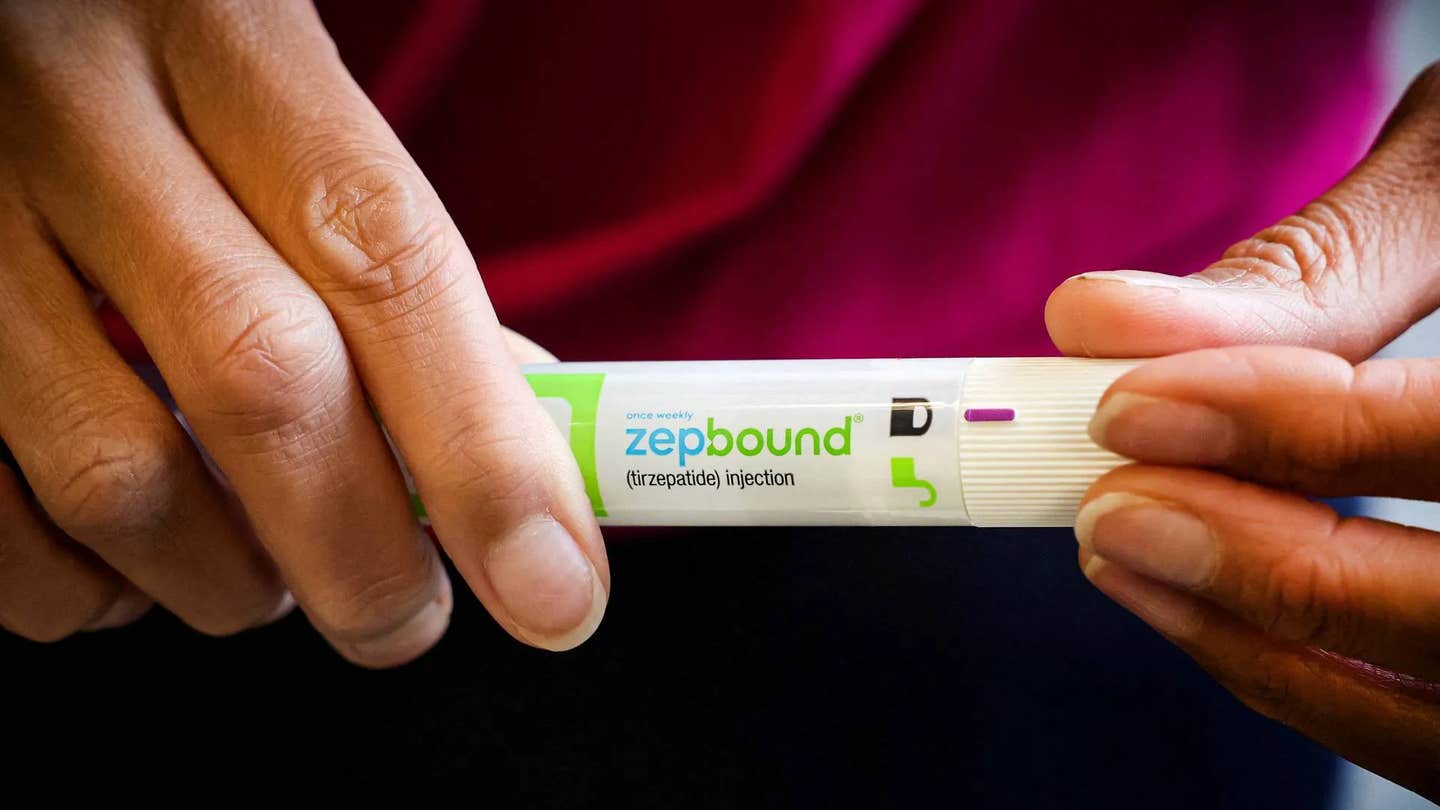Breakthrough revolutionizes on-demand printing of human organs
Researchers have developed biomaterials with controlled mechanical properties that closely match those of various human tissues

The innovative bioprinting method they’ve developed is called digital assembly of spherical particles (DASP). (CREDIT: Creative Commons)
A research team at the University of Virginia School of Engineering and Applied Science has made a significant breakthrough in bioprinting technology. Led by Assistant Professor Liheng Cai and his Ph.D. student Jinchang Zhu, they have developed biomaterials with controlled mechanical properties that closely match those of various human tissues.
“That’s a big leap compared to existing bioprinting technologies,” Zhu said.
The innovative bioprinting method they've developed is called digital assembly of spherical particles (DASP). This technique involves depositing particles of biomaterial in a water-based supporting matrix to build 3D structures, providing a suitable environment for cell growth. The process creates “voxels,” the 3D equivalent of pixels, to construct objects layer by layer.
“Our new hydrogel particles represent the first functional voxel we have ever made,” Zhu said. “With precise control over mechanical properties, this voxel may serve as one of the basic building blocks for our future printing constructs. For example, with this level of control, we could print organoids, which are 3D cell-based models that function as human tissue, to study disease progression in the search for cures.”
The particles are polymer hydrogels designed to mimic human tissue by tweaking the arrangement and chemical bonds of single-molecule monomers, which link together in chains to form networks. Encapsulated within these particles are actual human cells.
Compared to other hydrogel bio-inks, Cai and Zhu’s creation is less toxic and more biocompatible, making it a better environment for cell growth. Their “double network” hydrogels are mechanically strong and highly tunable, closely mimicking the physical characteristics of human tissue.
Related Stories
Cai and Zhu first described their DASP technology in 2021 in Advanced Functional Materials, demonstrating the use of biomaterial voxels as building blocks. They showcased a DASP-printed material that functioned like a pancreas with glucose-stimulated insulin release.
However, DASP 1.0 could only print brittle hydrogels with limited tunability. The latest version, DASP 2.0, introduced in their Nature Communications paper, uses a “click chemistry” technique to rapidly cross-link, or bond, molecular structures, forming double-network hydrogel bio-inks.
Improvements to their bioprinter played a crucial role in this advancement. The team designed a multichannel nozzle to mix the hydrogel components on demand, as premixing isn't feasible due to the fast cross-linking process, which turns liquid droplets into an elastic gel within 60 seconds.
Drop formation and rapid detachment from the nozzle are essential to mimic the mechanical properties—such as elasticity or stiffness—of target human tissue. DASP achieves this by depositing large droplets from a narrow and fast-moving nozzle into the matrix, immediately suspending them.
“Precise manipulation of viscoelastic voxels represents both a fundamental and technological challenge in soft matter science and 3D bioprinting,” Cai said in 2022, when their second paper on DASP was published. “We’ve now laid the foundation for voxelated bioprinting. When fully realized, DASP’s applications will include artificial organ transplant, disease and tissue modeling, and screening candidates for new drugs. And it probably won’t stop there.”
The paper, titled “Voxelated bioprinting of modular double-network bio-ink droplets,” was published in Nature Communications. Contributions also came from Yi He, a Ph.D. student in the Department of Surgery, and Yong Wang, a research associate professor of surgery, both from the UVA School of Medicine.
In essence, Cai and Zhu’s work represents a major advancement in the field of bioprinting. By creating biomaterials that can closely mimic the mechanical properties of human tissues, they have taken a significant step towards the goal of printing human-compatible organs on demand.
This technology has the potential to revolutionize the way we approach organ transplants, disease modeling, and drug testing, offering a future where printed organs and tissues could be used to save lives and advance medical research.
Note: Materials provided above by The Brighter Side of News. Content may be edited for style and length.
Like these kind of feel good stories? Get The Brighter Side of News' newsletter.
Joshua Shavit
Science & Technology Writer | AI and Robotics Reporter
Joshua Shavit is a Los Angeles-based science and technology writer with a passion for exploring the breakthroughs shaping the future. As a contributor to The Brighter Side of News, he focuses on positive and transformative advancements in AI, technology, physics, engineering, robotics and space science. Joshua is currently working towards a Bachelor of Science in Business Administration at the University of California, Berkeley. He combines his academic background with a talent for storytelling, making complex scientific discoveries engaging and accessible. His work highlights the innovators behind the ideas, bringing readers closer to the people driving progress.



